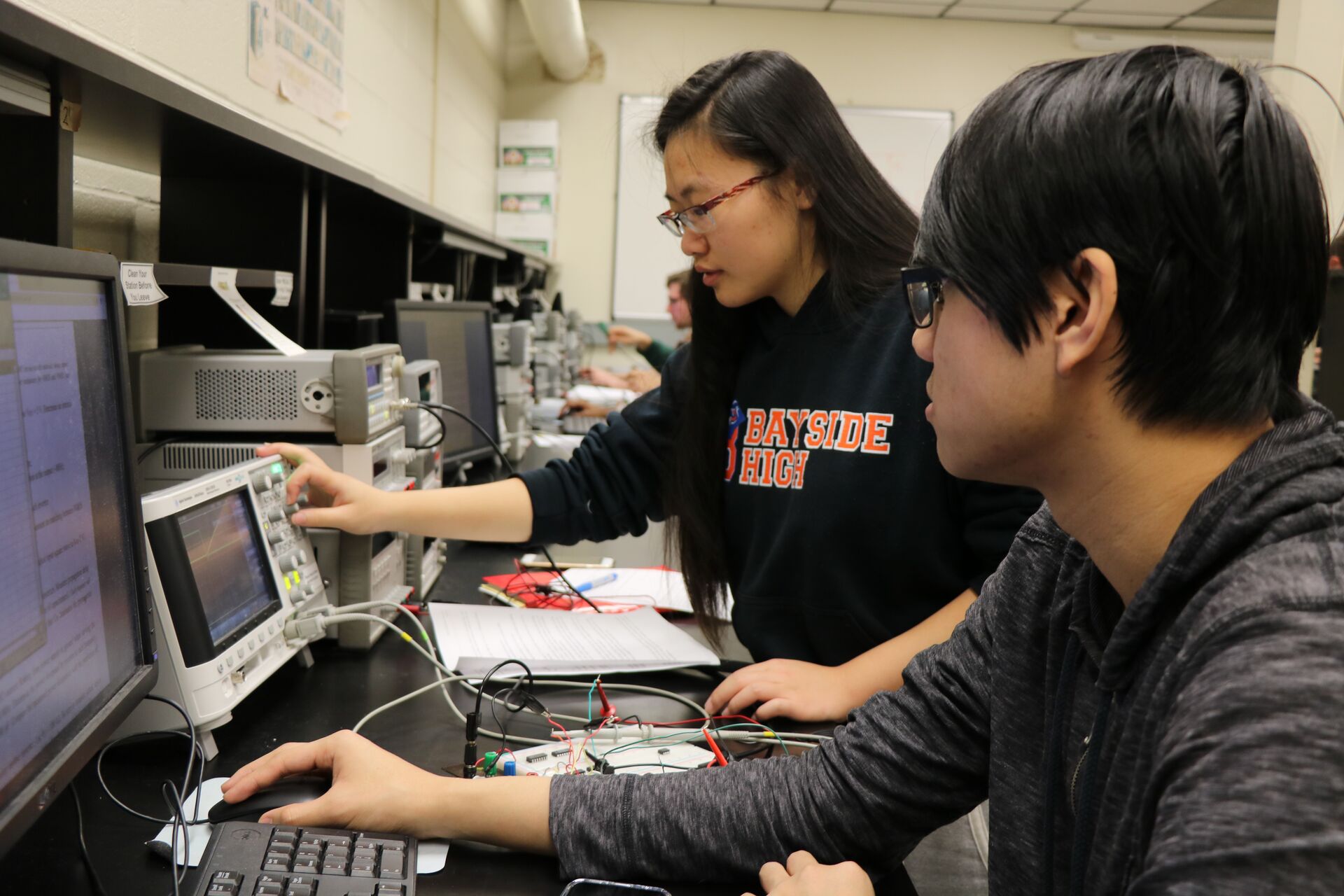Skip Navigation

Program Overview
PROGRAM GUIDE
Search
Computer Engineering
The ever-increasing use of computers in almost every sphere of our society has created
high demand for engineers with balanced knowledge of hardware and software. Computer
engineers must have skills that are not only used for design and manufacturing of
central processing units, memory systems, peripheral devices, or design of digital
systems in general, but also for software development and systems programming.
- First two years: basics of mathematics, physics and the fundamental concepts and principles in circuit theory, electronics, digital systems, embedded microprocessor system design and computer science.
- Third and fourth years: students take courses in computer architecture, software engineering, operating systems, and software tools.
- Senior year: a one-year senior design course in which a student teams-up with a partner, and works on a project to design and build a prototype of a particular system.
PROGRAM GUIDE
Admissions
Apply now to be a Computer Engineering major!
Explore Your Future Career Opportunities
Computer engineers are recruited for a variety of fields including:
|
|
